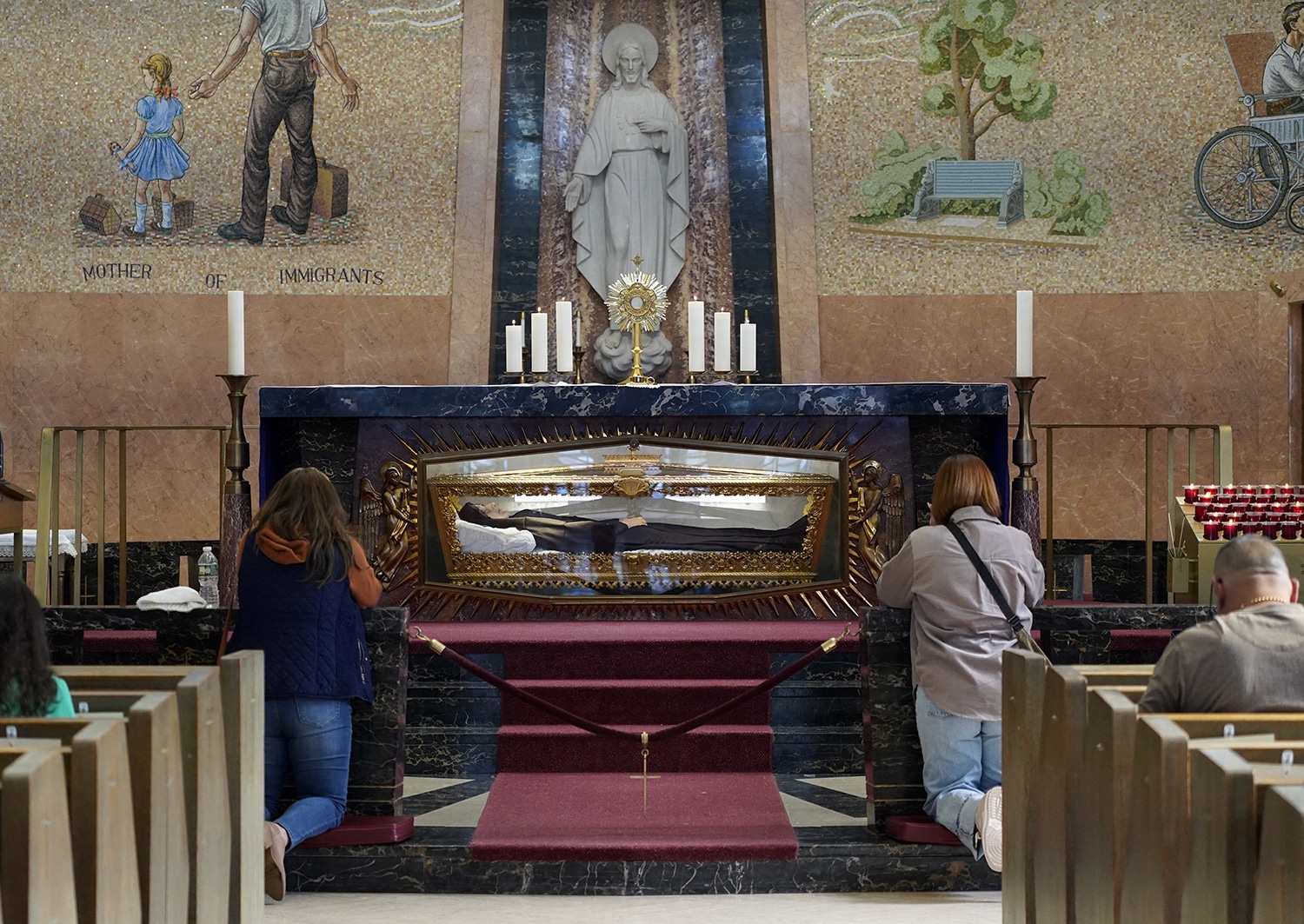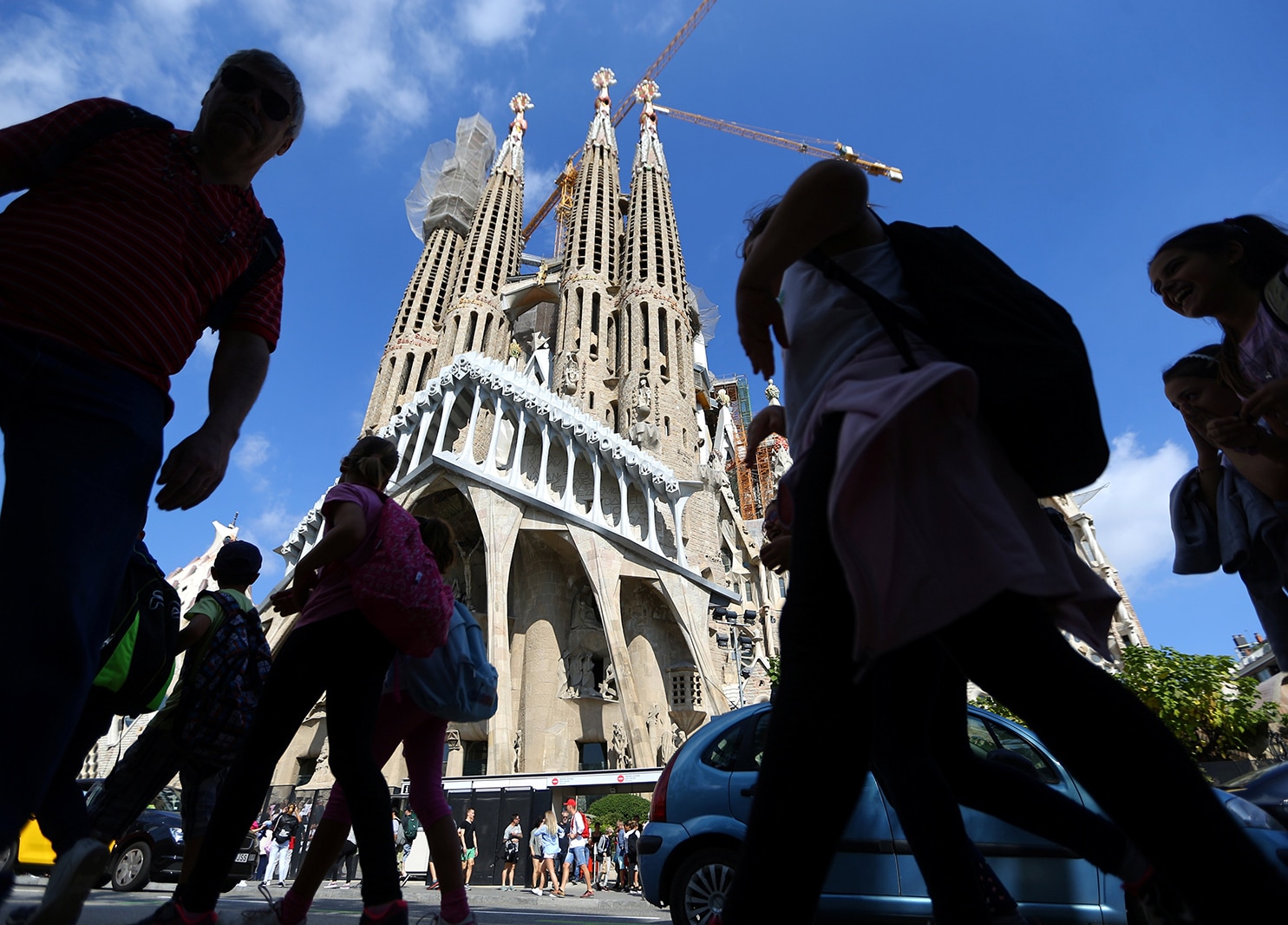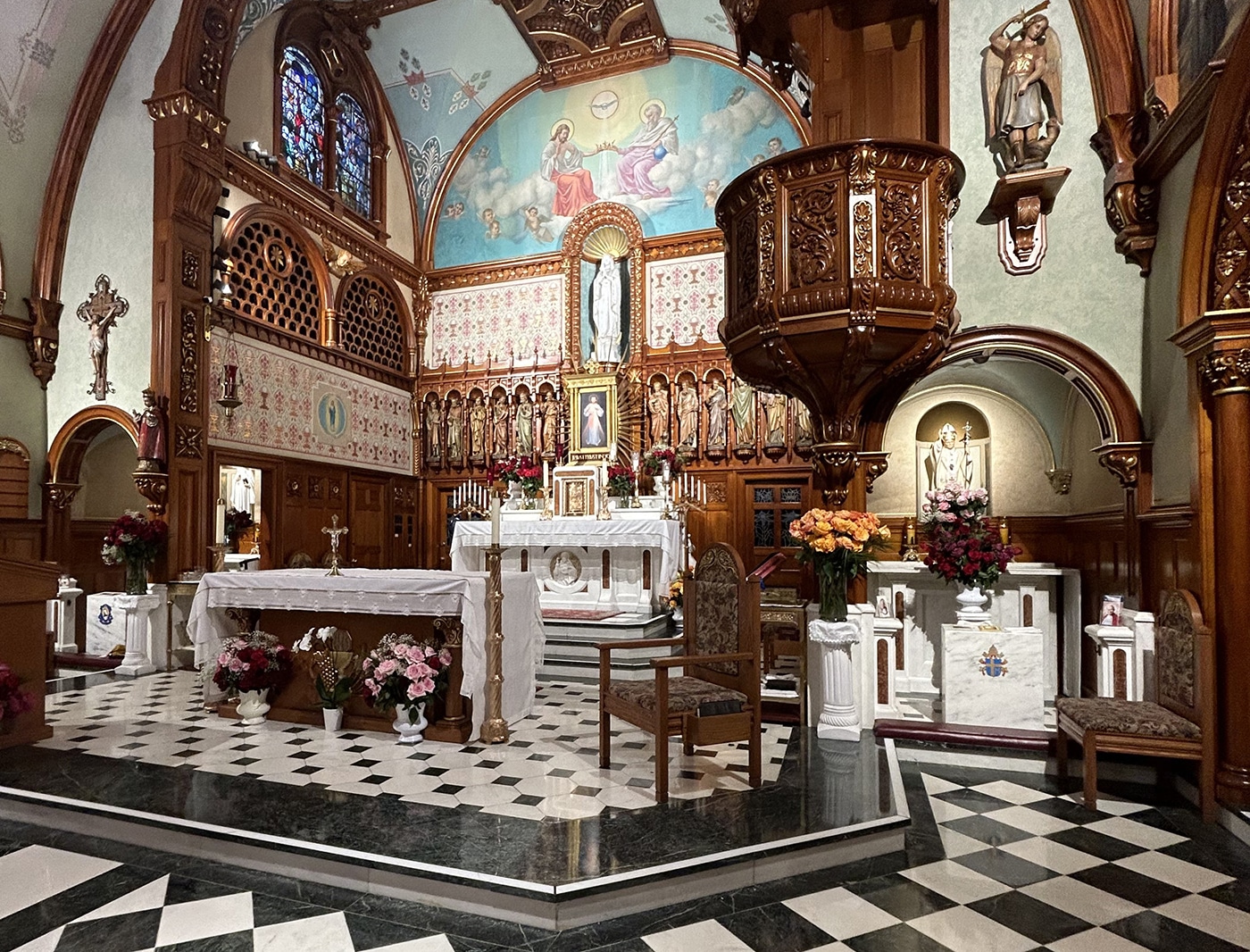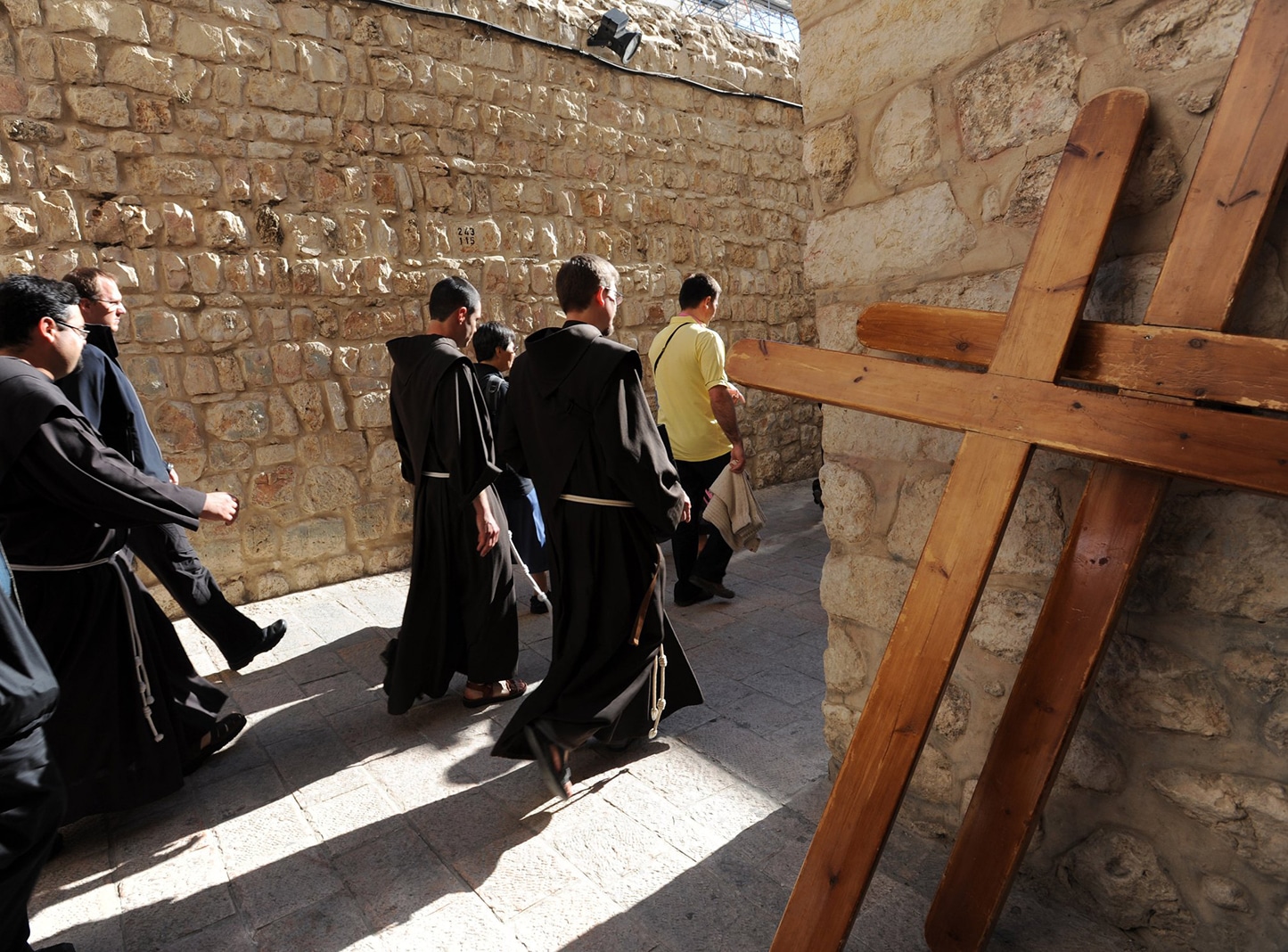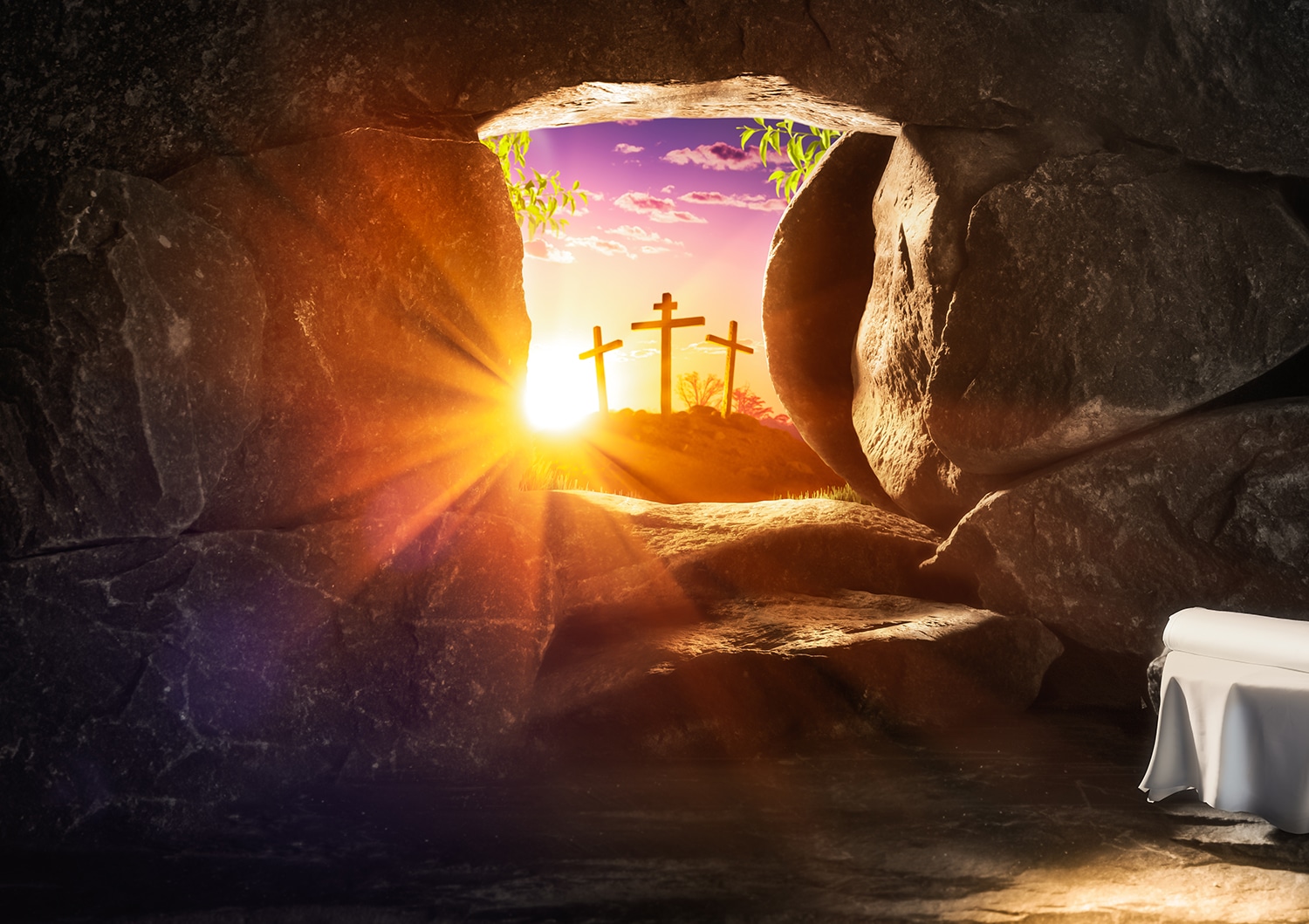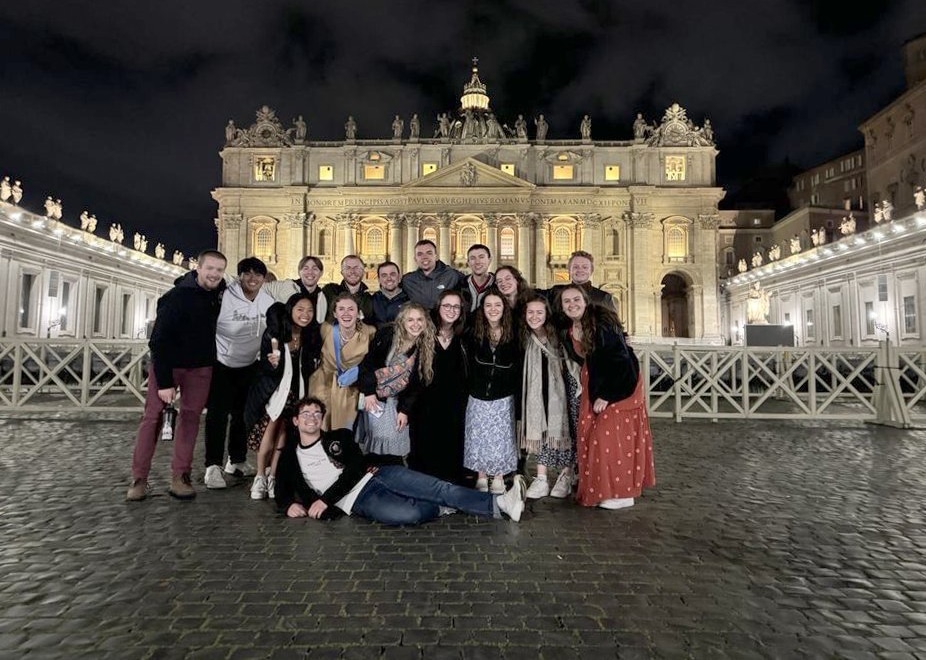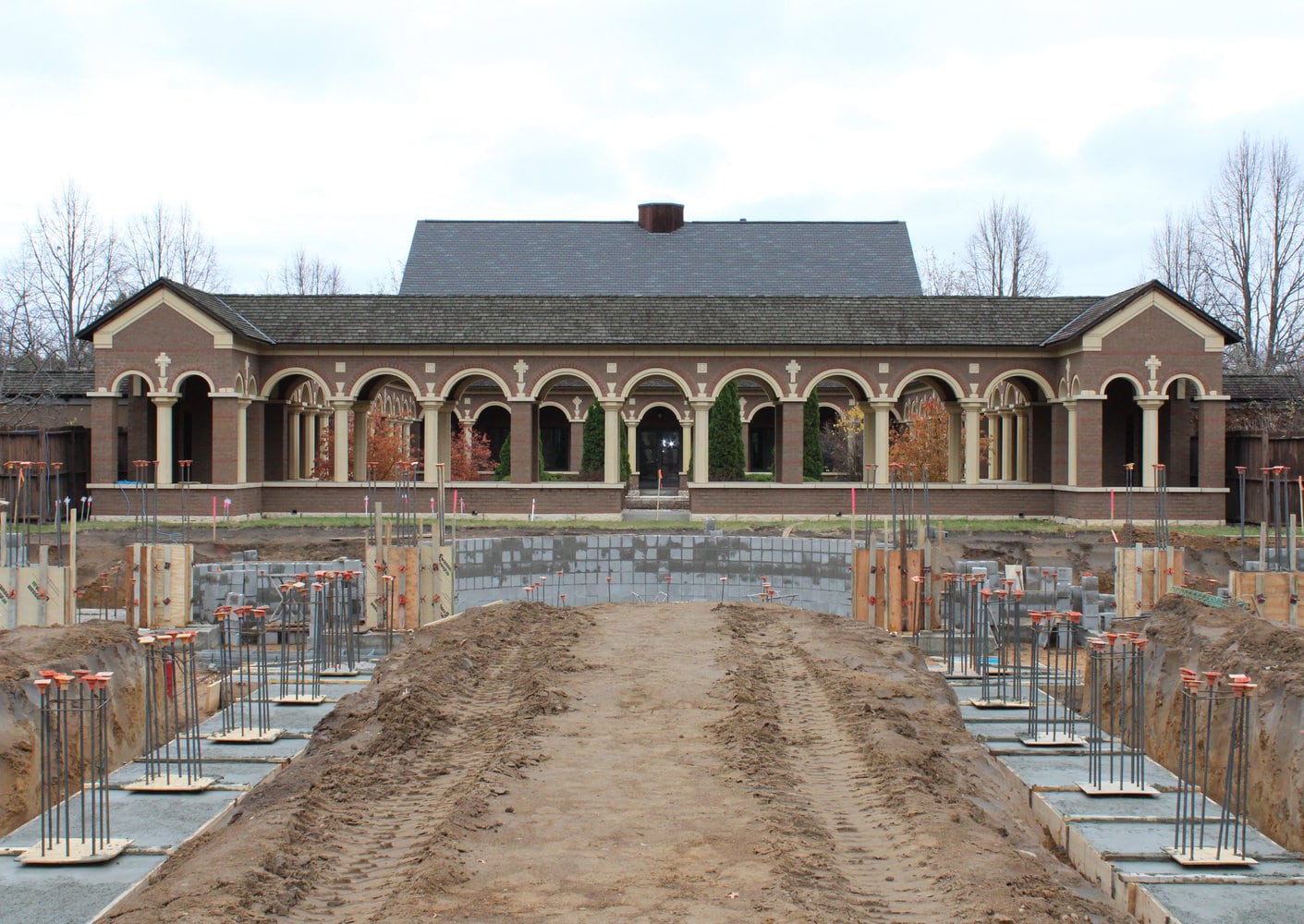NEW YORK (OSV News) — St. Frances Cabrini Shrine in Upper Manhattan is a light-filled hilltop destination welcoming pilgrims drawn to both its serenity and the remarkable life of the holy immigrant woman it honors.
The New York shrine and St. Frances Xavier Cabrini are in the spotlight thanks to the March 8 theatrical release of “Cabrini,” a biographical feature film from Angel Studios which OSV News reviewer John Mulderig called a “riveting retrospective” of the patron saint of immigrants who “might just as easily be regarded as the patroness of the indomitable.”
Mother Cabrini
Mother Cabrini, as the saint is commonly known, was born in rural northern Italy in 1850 and suffered from bouts of serious illness throughout her life. She taught and worked as the administrator of an orphanage, became a religious sister, and at age 30, founded a new order, the Missionary Sisters of the Sacred Heart of Jesus. Mother Cabrini wanted to work in China, but Pope Leo XIII directed her instead to the United States. Mother Cabrini and six colleagues arrived in New York City to minister to Italian immigrants and orphans in 1889.
Working in crowded slums, Mother Cabrini and her sisters provided education, health care and catechism classes. They funded their early work by begging for alms. In 1899, she bought the property where the shrine is located to establish a boarding school for girls of wealthy families. She then used the tuition to fund orphanages and free schools for children in poverty.
Mother Cabrini maintained an intense prayer life, had a fierce devotion to the Sacred Heart and was tireless in her efforts on behalf of the poor. She founded 67 schools, hospitals and orphanages in the United States, Europe, Central and South America.
She became a U.S. citizen in 1909 and died in 1917 at age 67. Mother Cabrini was canonized in 1946 by Pope Pius XII, making her the first American citizen named a saint. Four years later, she was given the title, “Patroness of Immigrants.”
When Mother Cabrini’s body was exhumed prior to her beatification, it was found to be subject to normal decay, except that her heart was intact. Her heart was returned to Codogno, Italy, where she had founded the Missionary Sisters. The rest of her remains, clad in a habit, are in a glass reliquary beneath the altar of the New York shrine, with her face and hands recreated in wax.
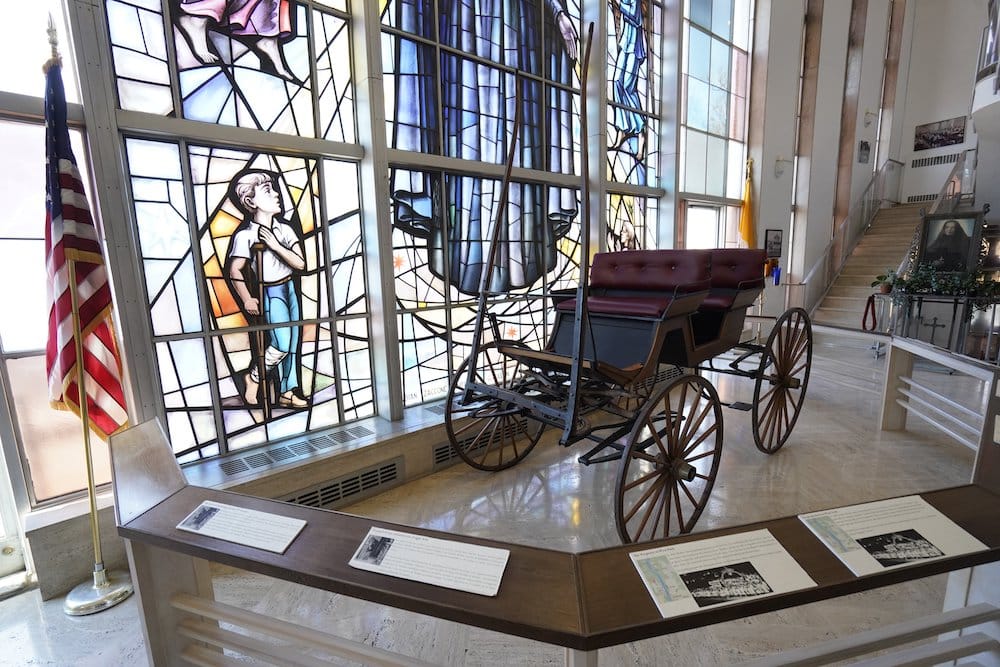
Outreach from the shrine
On the Sunday before the film’s debut, a succession of worshippers attended a morning Mass in English, an afternoon Mass in Spanish and Eucharistic adoration. When early morning visitors arrived on foot as part of an Augustinian pilgrimage from the Bronx to Philadelphia, Julia Attaway, the shrine’s executive director, served them a light breakfast and gave them a tour.
“Hospitality matters and it’s not just about being polite,” she said. “This shrine is small and intimate and that means you are going to be greeted by somebody.”
In recent years, the shrine has made an effort to reach out to neighbors near and far, according to Attaway. During the COVID-19 pandemic, staff hosted 30 weekly musical programs by candlelight, free of talk and applause.
“It was a soft ministry and an opportunity for people to be out of their homes and experience beauty,” Attaway said. Later, neighbors were invited to bring picnic suppers and enjoy jazz music on the grounds of the shrine.
Some visitors come as pilgrims or part of intentional groups and others discover the shrine in other ways.
“Outreach happens on all kinds of levels, and I believe strongly that if someone goes out of their way to come here, there has to be an environment that allows the spirit to work in them,” Attaway said.
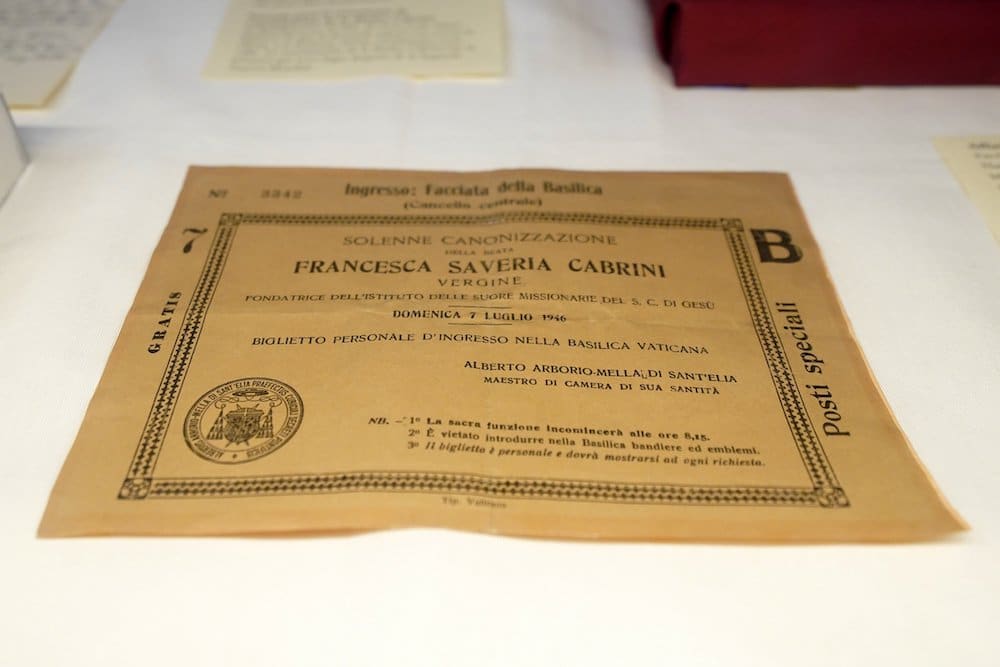
Finding inspiration from the saint
“What happens here is between the pilgrim, Mother Cabrini and the heart of Jesus, and what we do is facilitate,” she added.
“There is a balance between respecting privacy and seeing that someone needs to talk. If someone is sobbing, I can bring them a tissue. And then I leave my door open,” she said.
Kathleen Barabas ran by the shrine as a participant in a Sunday morning road race. The Manhattan resident doubled back to peek in and stayed for Mass. She had already seen “Cabrini” in a preview at New York’s Sheen Center for Thought and Culture and found it riveting.
“I knew her name, but not her story. Of all the saints I’ve learned about, she’s the one I need to get closer to,” Barabas said. “She faced headwinds and drew strength from being close to God. She gives me inspiration.”
Mother Cabrini’s life “is a story of the times, with its focus on immigration,” Barabas said. “The movie reopened my heart to the challenges immigrants face.”
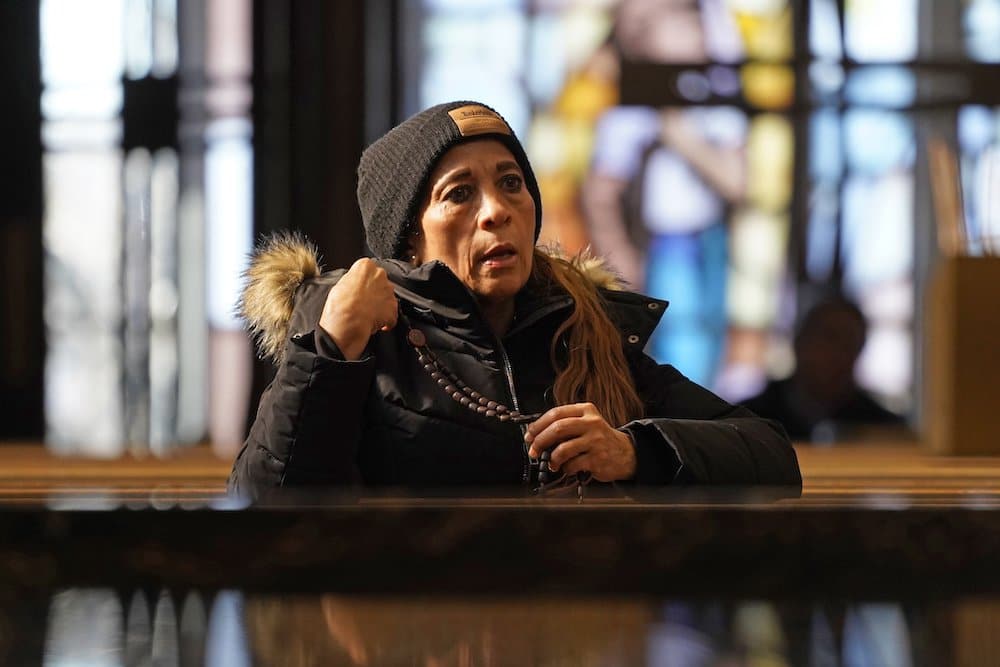
A country born on immigration
Longtime worshipper Omar Huster said the shrine is “like a second home to me. It’s a place to find peace and digest God’s wisdom. The fact that a woman like Mother Cabrini can pack such a powerful punch while facing adversity — people can relate to that and it makes you stronger.”
Huster’s grandfather was a Syrian Turk who arrived in New York’s East Harlem in 1945 via Cuba. “Some people have an issue with immigration, and there are some bad apples, but I don’t see it that way,” he said. “This country was born on immigration. Mother Cabrini was there for the immigrants and had compassion for the poor.”
The St. Frances Cabrini Shrine hosts a museum of relics and memorabilia ranging from the expected rosaries and crucifixes to the mundane reminders that saints are people too. Under glass in one room, Mother Cabrini’s ordinary black stockings and white nightgown are identified by their unique laundry mark, an embroidered heart and the number 1. Elsewhere, a small gold spring is described in a handwritten letter from the son of a denture-maker. Mother Cabrini gave the American dentist the spring from her ill-fitting French dentures when he made her a new set in 1914. The gold spring was later applied successfully as a relic to pray for the cure of another of the dentist’s sons.
The shrine overlooks the Hudson River and is a stone’s throw from the expansive Fort Tryon Park, home to the Metropolitan Museum of Art’s Cloisters. The shrine campus includes the former Cabrini High School, now used by a charter school, and Cabrini Immigrant Services, which provides free legal consultation and social services.

